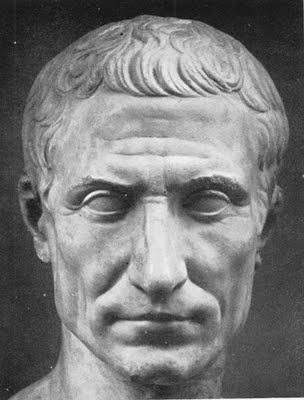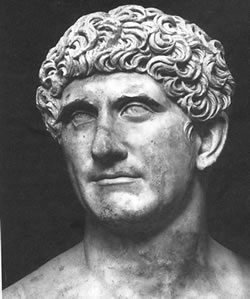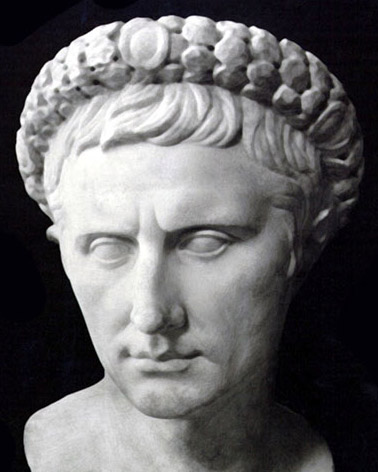These three weeks between Thanksgiving and Christmas are always such a whirlwind of activity! In our story of Rome we’ve made it through the life of Julius Caesar, Antony and Cleopatra and Caesar Augustus. We’re loving the stories and doing some great work with our writing.

In addition to the imaginative content we’re really taking a close look at grammar. We’ve gotten quite good at identifying subjects, predicates and direct objects. We can also tell when a verb is transitive, intransitive or linking. It’s so satisfying to watch the students identify these grammatical constructions with such confidence. We finished up last week looking at the verb “to be” which is one of those verbs that almost doesn’t seem like a verb. We conjugated it in past, present and future tenses, an activity which dovetailed nicely with the students’ work in French class.
This week we’ll take a closer look at verb tenses. We’ll take a critical look at writing to determine what tense it is written in. Students this age still often struggle with changing tenses in their writing. They’ve gotten pretty good at writing descriptively, but I want for them to be able to notice when they change tenses. I’ve noticed that the biggest challenges come when students are writing about a particularly engaging story. They’ll start out in past tense and then as they get into the story a bit more they start to feel like they are really there and they’ll switch to present tense. This is one of those mistakes that makes the English major in me twitch, so I’ll be happy when my students can start to notice when they’re doing it.

Tomorrow I’m going to bring portraits of three powerful Roman men — Julius Caesar, Mark Antony and Augustus Caesar — and we’ll draw them in our main lesson books.
I love that moment in sixth grade when students start to see their drawing not as a collection of lines but simply as a mixture of light and dark. Marble Roman statues are perfect for this exercise.





Leave a Reply